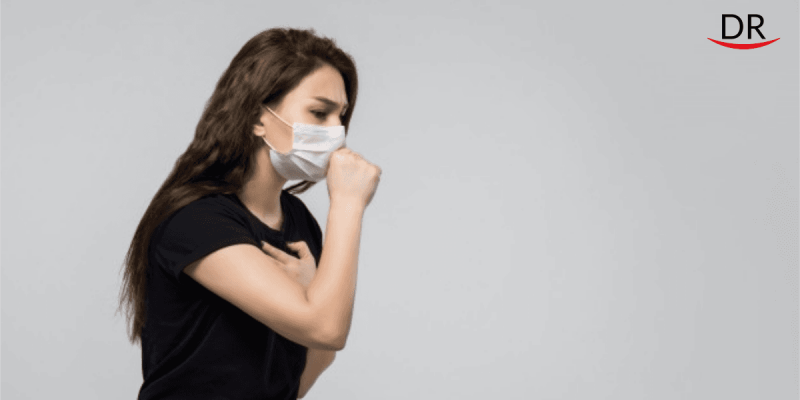A recent study shows that the criteria employed for assessing face mask performance must be modified to take into account the reduction of efficiency during cough cycles. This new criteria proposes that the efficiency of masks can be more accurately calculated by taking into account the penetration dynamics. There is no doubt that the use of masks will reduce the airborne droplet transmission and will also protect the wearer from the droplets expelled from other subjects. This directly leads to limit in the spread of airborne infections.
Many droplets still spread around and away from the mask, cumulatively, during cough cycles, this is the main reason why social distancing plays a very important role to curb the pandemics such as COVID-19. This spread of droplets through masks is even more critical for healthcare workers who work in close proximity to patients, some of whom might be the carrier of the virus.
This study proved that a normal cough induces a turbulent flow that spreads about 70 cm from the subject. The N95 mask prevented air leakage more effectively than the surgical mask during coughing, but there was still significant side-way leakage.
Wearing a standard surgical mask blocks the forward jet of droplets but allows leakage around the top, bottom, and sides. The N95 mask reduces the droplet leakage around the mask edges during the cough but the pressure inside the mask increases during coughs and the turbulent jet is directed through the front. The current certification standards neglect the fluid flow dynamics effect and droplet leakage through the mask openings. They also ignore the fact that mask efficiency can deteriorate considerably over time due to saturation effects.
Recommendations and Conclusions
The fluid flow and cough dynamics significantly influence the droplet transmission and in turn the overall mask efficiency.
- Without wearing a mask, droplets travel to about 70 cm
- Wearing a mask, the bulk of droplets travel about half the distance
- In both cases, there are still isolated droplets transmitted beyond 70 cm
- After about ten cough cycles, efficiency of masks can drop ∼8% (in case of mild cough)
- Mask to face fitting is important, an improper fit will further reduce its efficiency
Manufacturers and regulatory authorities should consider new criteria for assessing mask performance to account for the flow physics and cough dynamics.
Source: Fluid Dynamics




















Comments